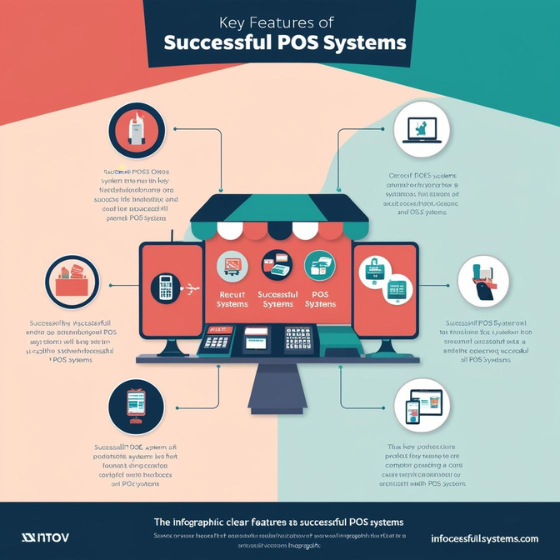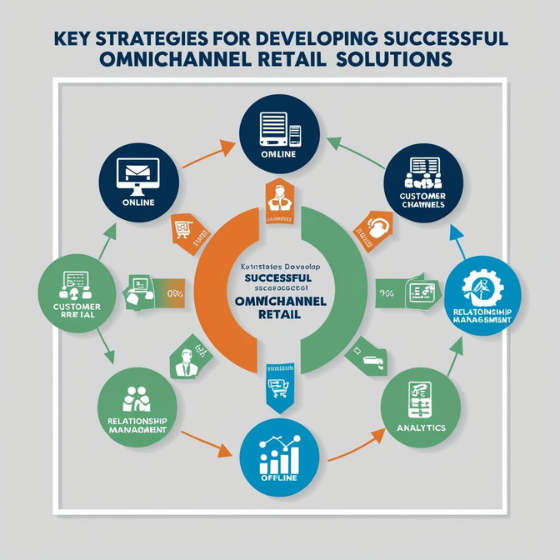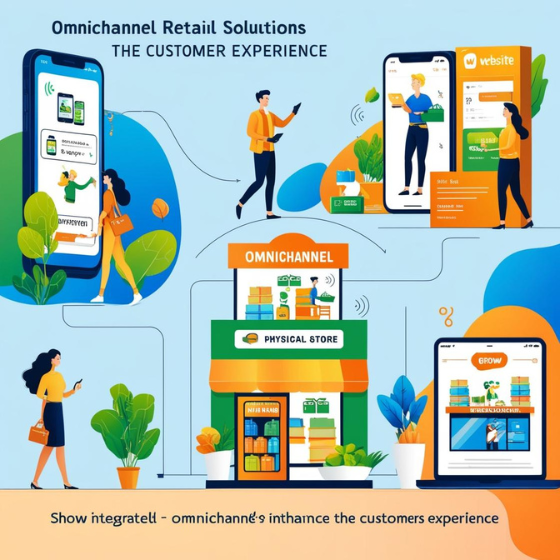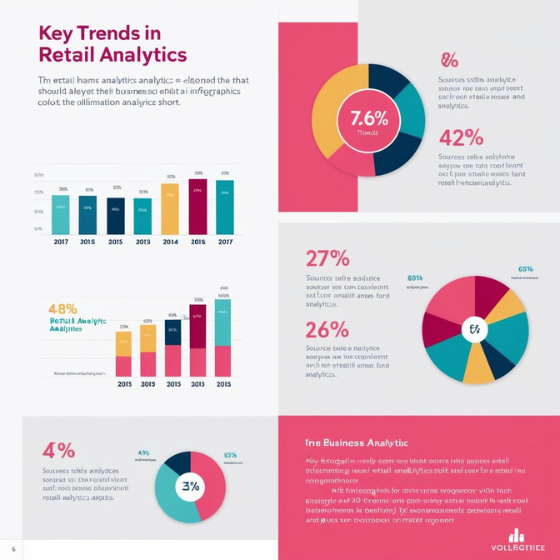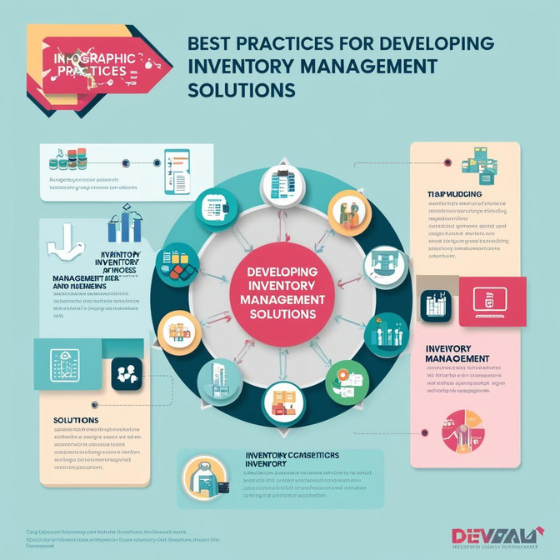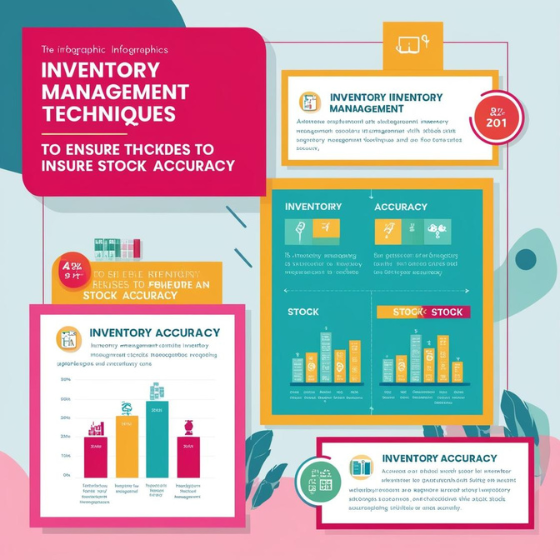Key Features of Successful POS Systems: Unlocking Operational Excellence
Did you know that businesses using modern POS systems experience a 20% increase in efficiency? A well-designed Point-of-Sale (POS) system can revolutionize the way businesses operate, making it more than just a tool for processing transactions. Whether you’re running a retail store, a restaurant, or an online shop, choosing the right POS system can streamline your operations, enhance customer satisfaction, and boost your bottom line.
In this blog, we’ll delve into the key features of successful POS systems, helping you understand how they drive efficiency and profitability. You’ll gain insights into the must-have functionalities, real-world examples, and tips on choosing the best POS system for your business.
What is a POS System?
A POS system is a combination of software and hardware that enables businesses to accept payments, manage inventory, and analyze sales data. The key features of successful POS systems go beyond basic functionality, providing tools to optimize operations and deliver exceptional customer experiences.
Modern POS systems are no longer confined to cash registers. They integrate seamlessly with e-commerce platforms, support mobile payments, and offer advanced analytics, becoming a critical component of any business strategy.
1. Intuitive User Interface: Simplicity is Key
A good POS system should have a user-friendly design that ensures employees can quickly learn and use it effectively.
- Ease of Use: A clean, intuitive interface minimizes errors and training time.
- Customizable Dashboards: Tailored layouts allow businesses to optimize their workflows.
- Fast Transactions: Speedy processing improves the overall customer experience.
For instance, a restaurant POS system should allow servers to quickly modify orders, split bills, or apply discounts without disrupting service.
2. Robust Inventory Management: Stay Stocked and Profitable
Effective inventory management is one of the most critical features of a POS system.
- Real-Time Tracking: Get instant updates on stock levels to avoid overstocking or shortages.
- Low-Stock Alerts: Notifications ensure timely reordering of items.
- SKU Management: Organize products by categories or vendors for easier tracking.
For example, a retail store can use these tools to track seasonal products, ensuring popular items are always available during peak demand periods.
3. Seamless Multi-Channel Integration
In today’s digital age, businesses often operate across multiple channels. A successful POS system integrates these seamlessly.
- Omnichannel Sales: Manage in-store, online, and mobile sales in one platform.
- Centralized Data: Access sales data from all channels to make informed decisions.
- Customer Syncing: Maintain a unified customer database across platforms.
For example, a clothing retailer can ensure customers receive consistent pricing and promotions whether they shop online or in-store.
4. Advanced Analytics and Reporting
Data is a powerful tool for business growth, and a POS system should help you harness it.
- Sales Trends: Identify your best-performing products and peak sales times.
- Customer Insights: Analyze buying behavior to tailor marketing strategies.
- Custom Reports: Generate detailed reports on revenue, inventory, and staff performance.
With advanced analytics, businesses can make data-driven decisions to maximize profits and optimize operations.
5. Secure Payment Processing: Building Trust with Customers
Security is non-negotiable when it comes to payments. A successful POS system prioritizes safety.
- Multiple Payment Methods: Support for credit cards, mobile wallets, and contactless payments.
- Encryption and Compliance: Ensure customer data is protected and meets industry standards like PCI DSS.
- Fraud Detection: Advanced systems include tools to detect and prevent fraud.
6. Integration with Business Tools
Successful POS systems work seamlessly with other tools to improve productivity.
- Accounting Software: Sync with platforms like QuickBooks for effortless bookkeeping.
- Marketing Tools: Integrate email and SMS marketing tools for targeted promotions.
- Employee Management: Track work hours and performance directly from the POS system.
For example, a cafe can link its POS system to a CRM to send personalized offers to frequent customers.
How to Choose the Right POS System
When selecting a POS system, consider your business’s specific needs:
- Scalability: Choose a system that grows with your business.
- Customization: Look for features tailored to your industry.
- Support and Training: Opt for providers with excellent customer support.
- Cost-Effectiveness: Evaluate both upfront and ongoing costs.
Future of POS Systems: Trends to Watch
As technology evolves, POS systems are becoming more sophisticated. Key trends include:
- AI-Powered Analytics: Predictive insights for better decision-making.
- Mobile POS Systems: Flexibility for businesses on the go.
- Blockchain Integration: Enhanced security and transparency in transactions.
By staying ahead of these trends, businesses can maintain a competitive edge.
Conclusion
The key features of successful POS systems—intuitive design, robust inventory management, multi-channel integration, advanced analytics, and secure payment processing—are essential for modern businesses. These features not only enhance operational efficiency but also improve customer satisfaction, driving long-term growth.
Ready to upgrade your business operations with a cutting-edge POS system? Contact Sodio for tailored solutions that meet your unique needs. Explore our range of services to discover how we can help you achieve your business goals.
